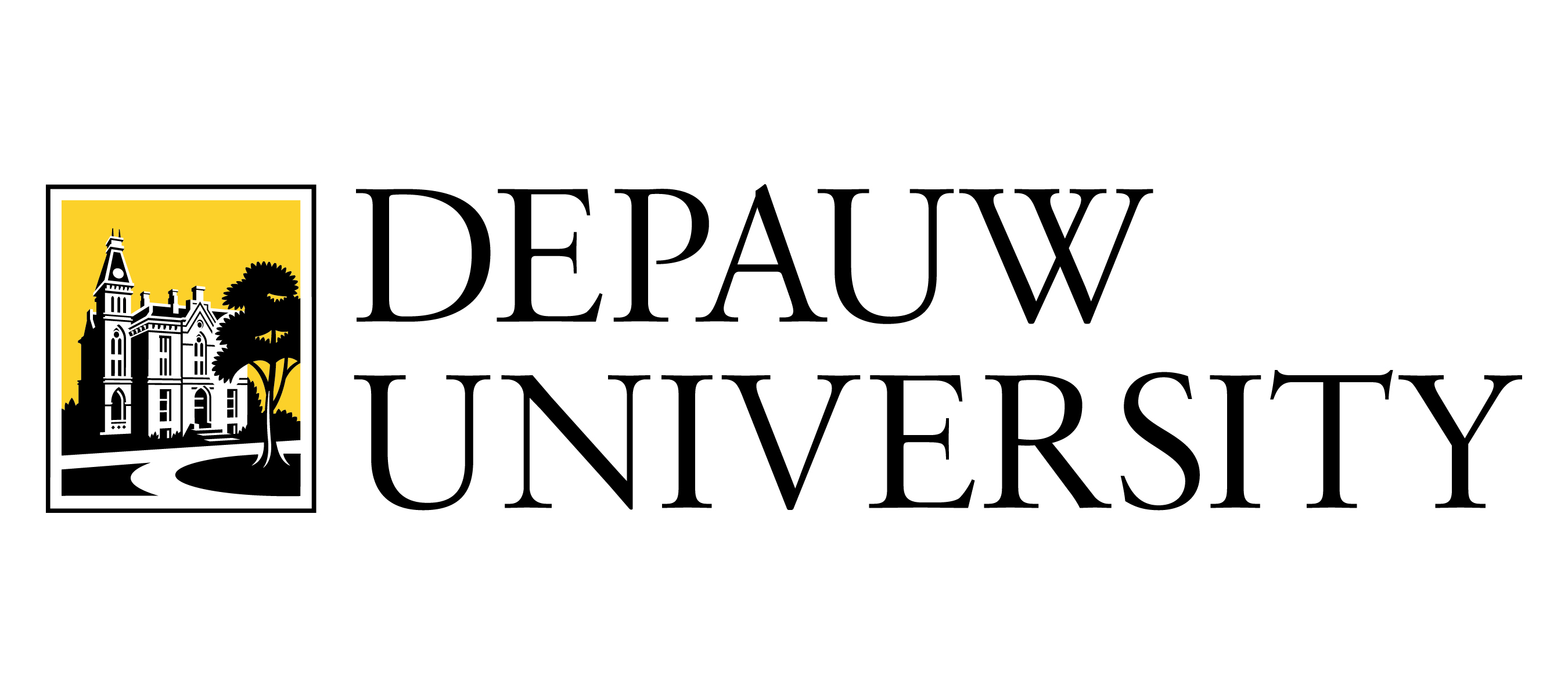Document Type
Syllabus
Publication Date
Spring 2024
Course Description
Schools are one of the most prized social, economic, and cultural institutions in American society. Historians see them as beacons of economic opportunity, democratic change, and social equality. Schools, however, remain mired in a complex history of inequality, serving as bastions of social exclusion—sometimes through inclusion. Throughout the semester, we will look at how these aspects of the “American School” have changed over time, ask if there is such a thing as the U.S. school, to explore what these stories tell us about the current state of education—including at DePauw—in the U.S. We will be approaching education in the US as a dynamic institution and practice. Throughout the semester we will view schools and education in the U.S. as sites where domestic and international political, economic, social, and cultural struggles are played out. Additionally, we will be looking at schools and education as factors that have contributed to the formation of social groups, identities, and communities in the U.S. We will be situating ourselves in relation to these historical struggles, which may prove to be an intense and challenging endeavor given that we are currently part of this history. As such, an open and respectful relationship to the ideas is crucial. To get at this complex history and how it impacts education (and our conceptions of education), we begin where we are: the university. After reading about the different purposes a university can and/or should serve, we will start with an overarching narrative of the history of formal education in the U.S. before challenging this view by engaging in one topic widely left out of history of education: the origins of the U.S. state itself. Our next section focuses on higher education in particular. For the first part, we’ll study how the history of “interdisciplines” is not a history of resistance but rather part of solving international crises of capitalism and imperialism. For the second, we’ll try to understand the “logic” of the business school and why there is $10 million for renovating a floor but not money for the students and workers—in other words, why there is always money for buildings but not people. Finally, we’ll look at the speed of learning today and that which we are all producing and accumulating right now: debt and data.
Recommended Citation
Ford, Derek R., "EDUC 325A History of American Education Ford Spring 2024" (2024). Course Syllabi. 352, Scholarly and Creative Work from DePauw University.
https://scholarship.depauw.edu/records_syllabi/352



Student Outcomes
The mission of the education studies department is to make/discipline you into three things: 1) critical educator; 2) transformative intellectual; 3) public pedagogue. Therefore, upon successful course completion, students will be able to… 1. Identify the divergent histories of U.S. education (critical educator) 2. Analyze how and why the social, political, and economic purposes of school in the U.S. have changed over time; and 3. Describe how and why different social groups have different relationships to education in the U.S. By doing the above, you will locate the historical origins of contemporary debates over education, learning how inquiry can inform these discussions and interventions in the history we are making.